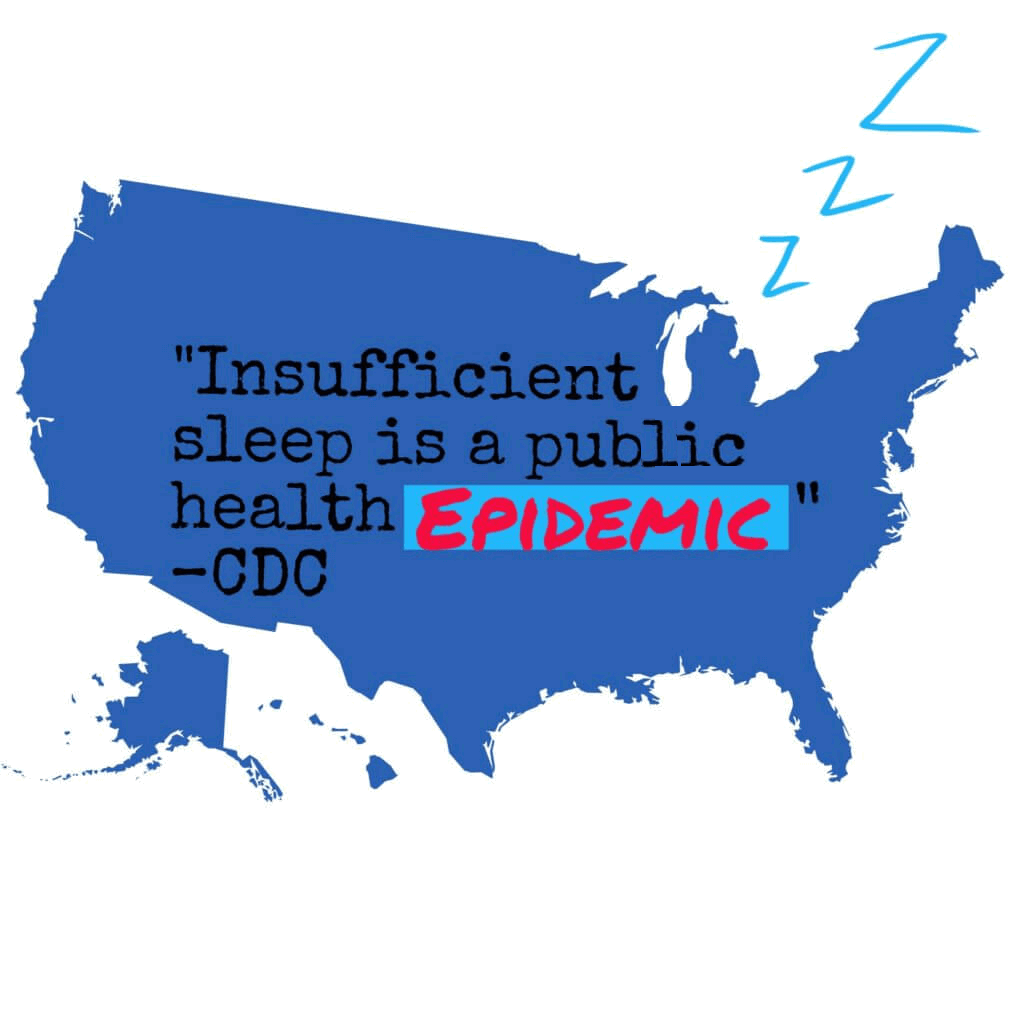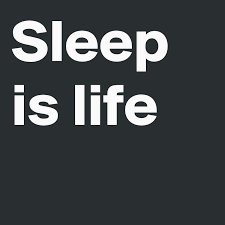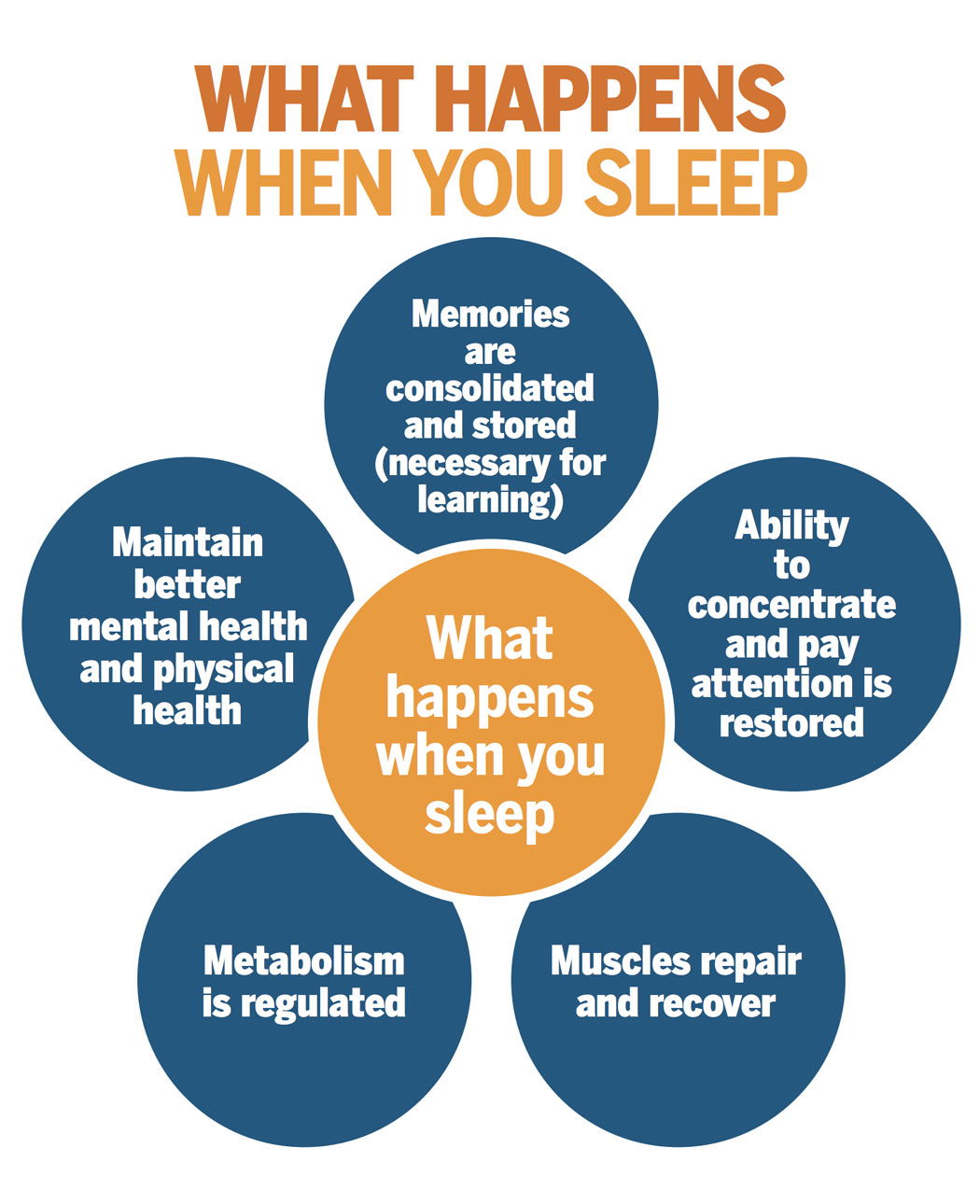Let's
Learn
About
Sleep
How much do you really know about sleep?

Learning objectives
Upon completion of this activity:
(1) participants will understand the importance of sleep
(2) participants will learn the foundation of sleep hygiene
(3) participants will adopt healthy sleep habits
(1) participants will understand the importance of sleep
(2) participants will learn the foundation of sleep hygiene
(3) participants will adopt healthy sleep habits
Background
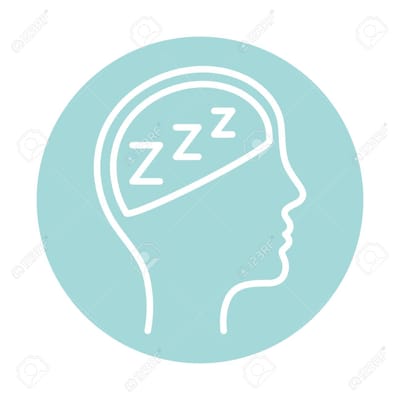
Sleep is a vital physiological process.
There are three theories that describe the purpose of sleep: inflammation/immune response, energy metabolism, and neural plasticity.
Immune response theories state that sleep disturbances may lead to chronic inflammatory disease and sleep reduces the incidence of inflammation. Energy metabolism theories suggest that sleep is required for the restoration of energy, while neural plasticity theories state that sleep is critical for memory, learning, and synaptic homeostasis.
Everyone progresses through multiple cycles of sleep during the course of one night.
There are two major phases of sleep: non rapid eye movement (NREM) and rapid eye movement (REM).
The body regulates sleep with sleep-wake homeostasis and the circadian alerting system. These two factors directly affect how much your body feels a need for sleep, reflecting your biological clock, the time of day, your light exposure, and how long you’ve been awake.
Insomnia, in particular, is a significant social issue and prevalence rates are high across the world.
The prevalence of insomnia has been shown to range from approximately 9 to 50% in population surveys in the United States (US) and Europe.
Studies suggest up to 19% of U.S. adults don’t get enough sleep on a regular basis.
There are three theories that describe the purpose of sleep: inflammation/immune response, energy metabolism, and neural plasticity.
Immune response theories state that sleep disturbances may lead to chronic inflammatory disease and sleep reduces the incidence of inflammation. Energy metabolism theories suggest that sleep is required for the restoration of energy, while neural plasticity theories state that sleep is critical for memory, learning, and synaptic homeostasis.
Everyone progresses through multiple cycles of sleep during the course of one night.
There are two major phases of sleep: non rapid eye movement (NREM) and rapid eye movement (REM).
The body regulates sleep with sleep-wake homeostasis and the circadian alerting system. These two factors directly affect how much your body feels a need for sleep, reflecting your biological clock, the time of day, your light exposure, and how long you’ve been awake.
Insomnia, in particular, is a significant social issue and prevalence rates are high across the world.
The prevalence of insomnia has been shown to range from approximately 9 to 50% in population surveys in the United States (US) and Europe.
Studies suggest up to 19% of U.S. adults don’t get enough sleep on a regular basis.
Sleep and physical health

Sleep may have effects on all systems of the body.
Many parts of the brain are involved in the processes of producing hormones and chemicals that regulate sleep and wakefulness.
In adults, a lack of sleep has been associated with a wide range of negative health consequences including weight harms, cardiovascular problems, a weakened immune system, and higher risk of obesity and type II diabetes.
Medical disorders which may contribute to sleep disturbances include Parkinson's disease, Alzheimer’s disease, chronic pain, poor bladder control, gastrointestinal conditions, neurological conditions, and respiratory conditions.
Other factors may contribute to poor sleep such as comorbid disorders, medications used to treat these disorders, lack of exercise, stress, pain, poor sleep habits, circadian rhythm disturbances, insomnia, or other chief sleep disorders.
Primary or chief sleep disorders include sleeplessness, restless leg syndrome, sleep apnea, periodic sleep disorder, disrupted sleep-wake cycle, behavior confusions, and insomnia.
Many parts of the brain are involved in the processes of producing hormones and chemicals that regulate sleep and wakefulness.
In adults, a lack of sleep has been associated with a wide range of negative health consequences including weight harms, cardiovascular problems, a weakened immune system, and higher risk of obesity and type II diabetes.
Medical disorders which may contribute to sleep disturbances include Parkinson's disease, Alzheimer’s disease, chronic pain, poor bladder control, gastrointestinal conditions, neurological conditions, and respiratory conditions.
Other factors may contribute to poor sleep such as comorbid disorders, medications used to treat these disorders, lack of exercise, stress, pain, poor sleep habits, circadian rhythm disturbances, insomnia, or other chief sleep disorders.
Primary or chief sleep disorders include sleeplessness, restless leg syndrome, sleep apnea, periodic sleep disorder, disrupted sleep-wake cycle, behavior confusions, and insomnia.
sleep and mental health
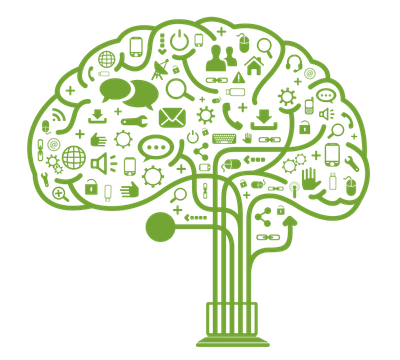
Sleep is closely connected to mental and emotional health and has demonstrated links to depression, anxiety, bipolar disorder, and other conditions.
In adults, a lack of sleep has been associated with daytime sleepiness, impaired thinking and memory, and mental health problems such as depression and anxiety.
Mental health disorders tend to make it harder to sleep well. Poor sleep, including insomnia, can be a contributing factor to the initiation and worsening of mental health problems.
In adults, a lack of sleep has been associated with daytime sleepiness, impaired thinking and memory, and mental health problems such as depression and anxiety.
Mental health disorders tend to make it harder to sleep well. Poor sleep, including insomnia, can be a contributing factor to the initiation and worsening of mental health problems.
sleep hygiene tips
Sleep hygiene is a term used to describe practices and behaviors that influence sleep quality and duration.
how do i sleep better?
summary
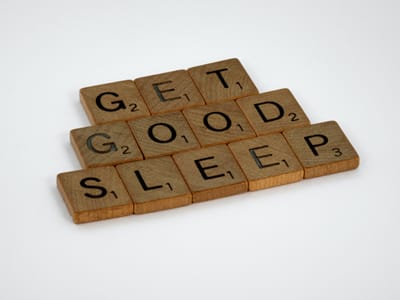
Everyone needs sleep.
Sleep is an important contributor to the proper functioning of nearly all of the systems of the body.
Brain activity fluctuates during sleep, increasing and decreasing during different sleep stages that make up the sleep cycle.
Each stage plays a role in brain health, allowing activity in different parts of the brain to ramp up or down and enabling better thinking, learning, and memory.
Improving sleep can have a beneficial impact on mental health and can be a component of treating many psychiatric disorders.
A common cause of sleeping problems is poor sleep hygiene. Proper sleep hygiene may include maintaining a sleep schedule, relaxation techniques, decrease environmental stimuli, and exercising regularly.
Sleep is an important contributor to the proper functioning of nearly all of the systems of the body.
Brain activity fluctuates during sleep, increasing and decreasing during different sleep stages that make up the sleep cycle.
Each stage plays a role in brain health, allowing activity in different parts of the brain to ramp up or down and enabling better thinking, learning, and memory.
Improving sleep can have a beneficial impact on mental health and can be a component of treating many psychiatric disorders.
A common cause of sleeping problems is poor sleep hygiene. Proper sleep hygiene may include maintaining a sleep schedule, relaxation techniques, decrease environmental stimuli, and exercising regularly.
F.A.Q
Why is sleep so important?
Sleep promotes adequate mental and physical development.
How is sleep connected to an individual?
Sleep is connected to numerous elements of physical, emotional, and mental health and provides insights about how people can get better sleep.
What are some of the biological chemicals involved in sleep?
These chemicals include melatonin, serotonin, GABA, orexin, adrenaline, cortisol, and others.
Are there treatments for sleep issues?
Yes. A licensed medical professional can review the potential benefits and risks of different types of treatments, including prescription medications and cognitive behavioral therapy.
Is sleep hygiene the same for everyone?
The basic concept of sleep hygiene may apply to most people but what ideal sleep hygiene looks like can vary based on the person.
references
Kakinuma, M., Takahashi, M., Kato, N., Aratake, Y., Watanabe, M., Ishikawa, Y., & Tanaka, K. (2010). Effect of brief sleep hygiene education for workers of an information technology company. Industrial health, 1006240002-1006240002.
Khurshid K. A. (2018). Comorbid Insomnia and Psychiatric Disorders: An Update. Innovations in clinical neuroscience, 15(3-4), 28–32.https://www.ncbi.nlm.nih.gov/pmc/articles/PMC5906087/
National Center for Chronic Disease Prevention and Health Promotion, Division of Population Health. (2016, July 15). CDC - Sleep Hygiene Tips - Sleep and Sleep Disorders. Retrieved June 15, 2020, fromhttps://www.cdc.gov/sleep/about_sleep/sleep_hygiene.html
National Institutes of Health (NIH). (2012, January). NIH News in Health: Breaking Bad Habits. Retrieved July 10, 2020, fromhttps://newsinhealth.nih.gov/2012/01/breaking-bad-habits
National Institute of Neurological Disorders and Stroke (NINDS). (2019, August 13). Brain Basics: Understanding Sleep. Retrieved October 5, 2020, fromhttps://www.ninds.nih.gov/Disorders/patient-caregiver-education/understanding-sleep
Pearson, Q. M. (2017). Sleep and Aging: Challenges and Recommendations for Middle‐Aged and Older Adults. Adultspan Journal, 16(1), 31-46.
Rani, S., Singh, K., & Kumari, A. (2019). Study of sleep disorder in elderly: A review. Indian Journal of Health & Wellbeing, 10.
Tull-Yearwood, Teshera (2021). Sleep Hygiene Education. https://www.youtube.com/watch?v=v1_mRLPw4-w
U.S. National Library of Medicine. (2018, August 3). Sleep and Your Health. Retrieved October 12, 2020, from MedlinePlus.https://medlineplus.gov/ency/patientinstructions/000871.htm
Khurshid K. A. (2018). Comorbid Insomnia and Psychiatric Disorders: An Update. Innovations in clinical neuroscience, 15(3-4), 28–32.https://www.ncbi.nlm.nih.gov/pmc/articles/PMC5906087/
National Center for Chronic Disease Prevention and Health Promotion, Division of Population Health. (2016, July 15). CDC - Sleep Hygiene Tips - Sleep and Sleep Disorders. Retrieved June 15, 2020, fromhttps://www.cdc.gov/sleep/about_sleep/sleep_hygiene.html
National Institutes of Health (NIH). (2012, January). NIH News in Health: Breaking Bad Habits. Retrieved July 10, 2020, fromhttps://newsinhealth.nih.gov/2012/01/breaking-bad-habits
National Institute of Neurological Disorders and Stroke (NINDS). (2019, August 13). Brain Basics: Understanding Sleep. Retrieved October 5, 2020, fromhttps://www.ninds.nih.gov/Disorders/patient-caregiver-education/understanding-sleep
Pearson, Q. M. (2017). Sleep and Aging: Challenges and Recommendations for Middle‐Aged and Older Adults. Adultspan Journal, 16(1), 31-46.
Rani, S., Singh, K., & Kumari, A. (2019). Study of sleep disorder in elderly: A review. Indian Journal of Health & Wellbeing, 10.
Tull-Yearwood, Teshera (2021). Sleep Hygiene Education. https://www.youtube.com/watch?v=v1_mRLPw4-w
U.S. National Library of Medicine. (2018, August 3). Sleep and Your Health. Retrieved October 12, 2020, from MedlinePlus.https://medlineplus.gov/ency/patientinstructions/000871.htm
we learned about sleep. what next?
Thank you for completing the sleep hygiene activity. You will be asked to participate in another survey 4 weeks after completing this activity.
Please email the principle investigator, Teshera Tull-Yearwood, at ttul445@regiscollege.edu or text 857-247-3180 to let her know this part of the study was completed in order to receive a timely survey reminder.
Please feel free to ask any follow up questions you may have regarding the study.
Please email the principle investigator, Teshera Tull-Yearwood, at ttul445@regiscollege.edu or text 857-247-3180 to let her know this part of the study was completed in order to receive a timely survey reminder.
Please feel free to ask any follow up questions you may have regarding the study.
